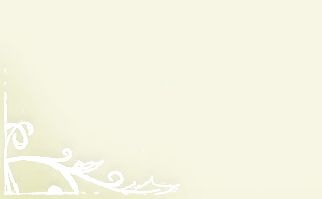A Choice Health Center
2322 Butano Drive, Ste. 210A, Sacramento, CA 95825
(916)483-2283 achoicehealth@hotmail.com
In TCM, there are five diagnostic methods: inspection, auscultation, inquiry, and palpation.
· Inspection focuses on the face and particularly on the tongue, including analysis of the tongue size, shape, tension, color and coating, and the absence or presence of teeth marks around the edge.
· Auscultation refers to listening for particular sounds (such as wheezing)
· Inquiry focuses on the "seven inquiries", which involve asking the patient about the regularity, severity, or other characteristics.
· Palpation includes feeling the body for tender, palpation of the wrist pulses as well as various other pulses, and palpation of the abdomen.
Examination of the tongue and the pulse are among the principal diagnostic methods in TCM. Pulse palpation involves measuring the pulse both at a superficial and at a deep level at three different locations on the radial artery of each arm, for a total of twelve pulses, all of which are thought to correspond with certain conditions.
When treating a disease, doctors of TCM usually find the patient's condition through these four diagnostic methods. Combining the collected facts and according to their internal relations, doctors will utilize the dialectics to analyze the source and virtue of the disease. Then make sure what prescription should be given.
